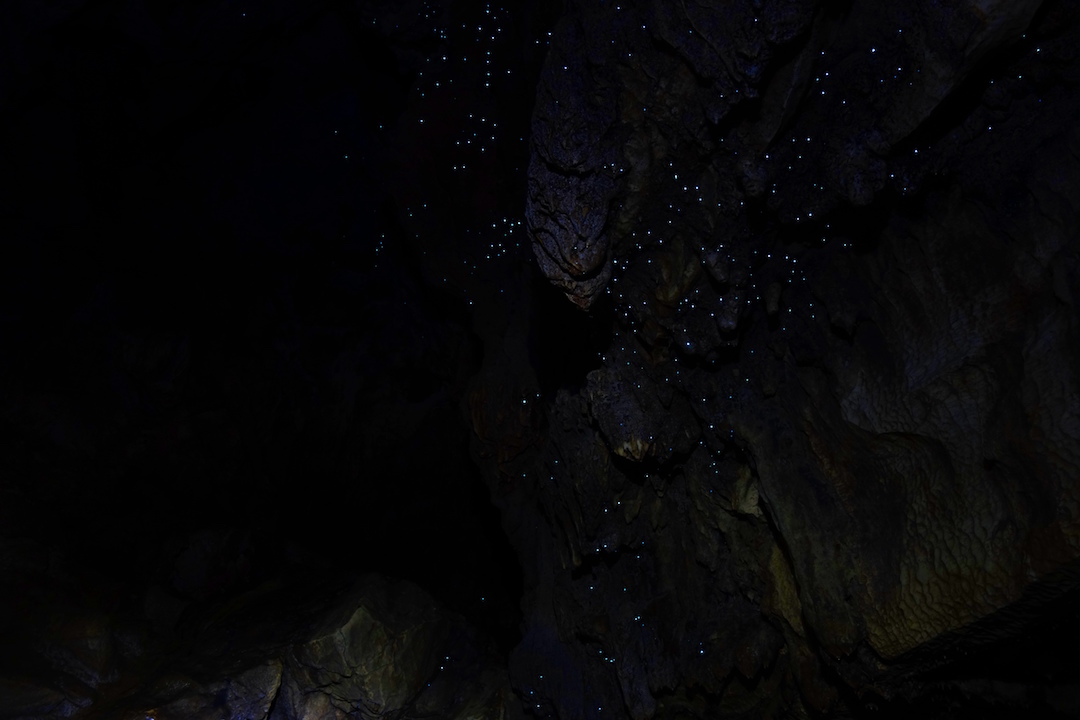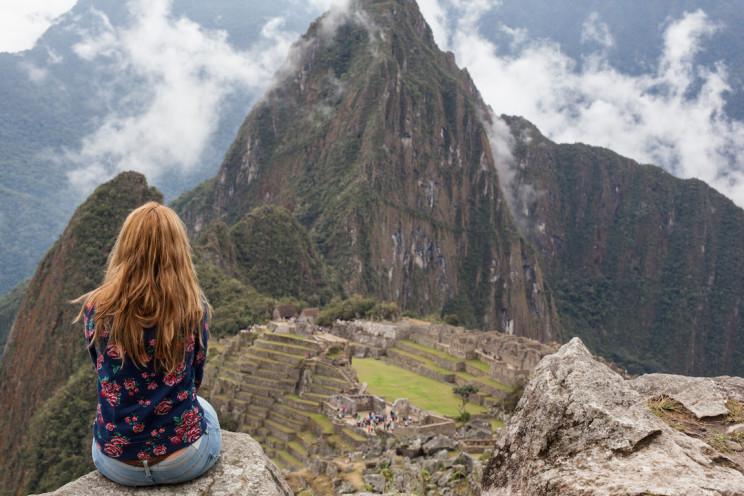Similar to the deep, dark depths of the oceans — caves are often considered one of the final frontiers of geographic mystery here on Earth. Whether the thought of exploring these diverse and intricate caves excites or petrifies you, we can all agree that they’re breathtaking to behold. So spelunkers rejoice! We’ve got the only list you’ll ever need to find the best caves around the world, from the famous ones like Batu Caves to hidden treasures as Škocjan Caves in Slovenia.
1. Mammoth Cave, United States
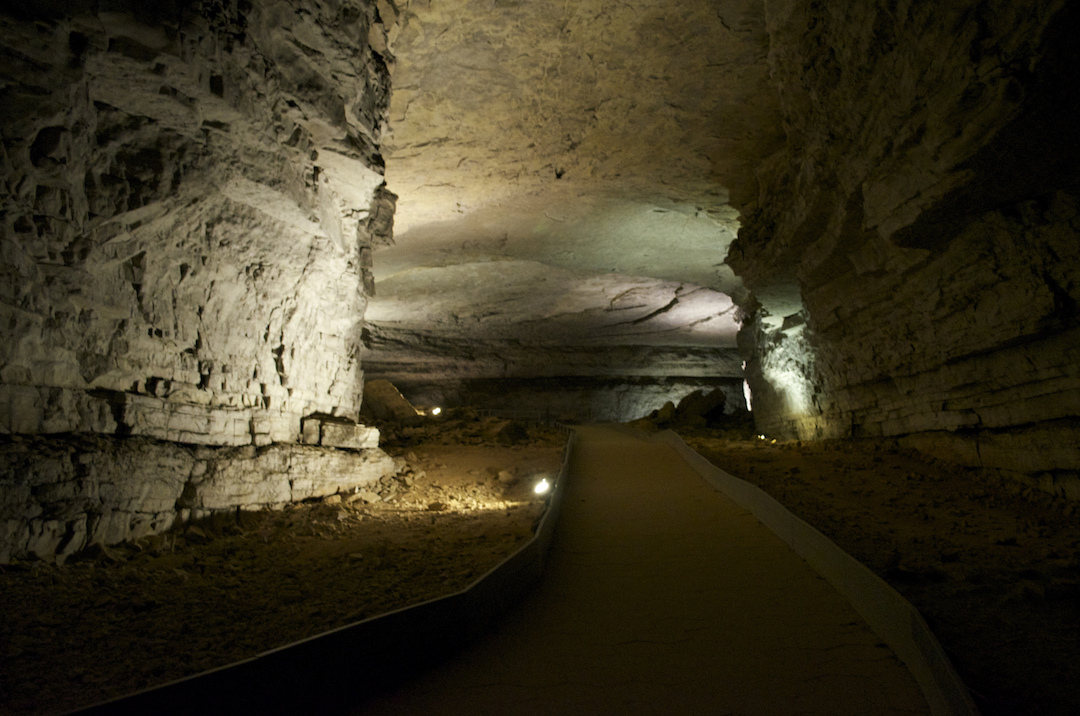
Kentucky’s Mammoth Cave is the world’s longest known cave system with over 400 miles of complex chambers and labyrinths. Visitors can expect to enjoy impressive subterranean passageways rich with history and breathtaking sights like the Frozen Niagara section, a cave system made up of waterfall-like flowstone formations. On a guided tour you can expect to discover long riverways and ceilings covered in the signatures of 19th-century visitors.
Cost: Wild Cave Tour, $12.00 USD
Website: https://www.nps.gov/maca/index.htm
2. Hang Son Doong, Vietnam
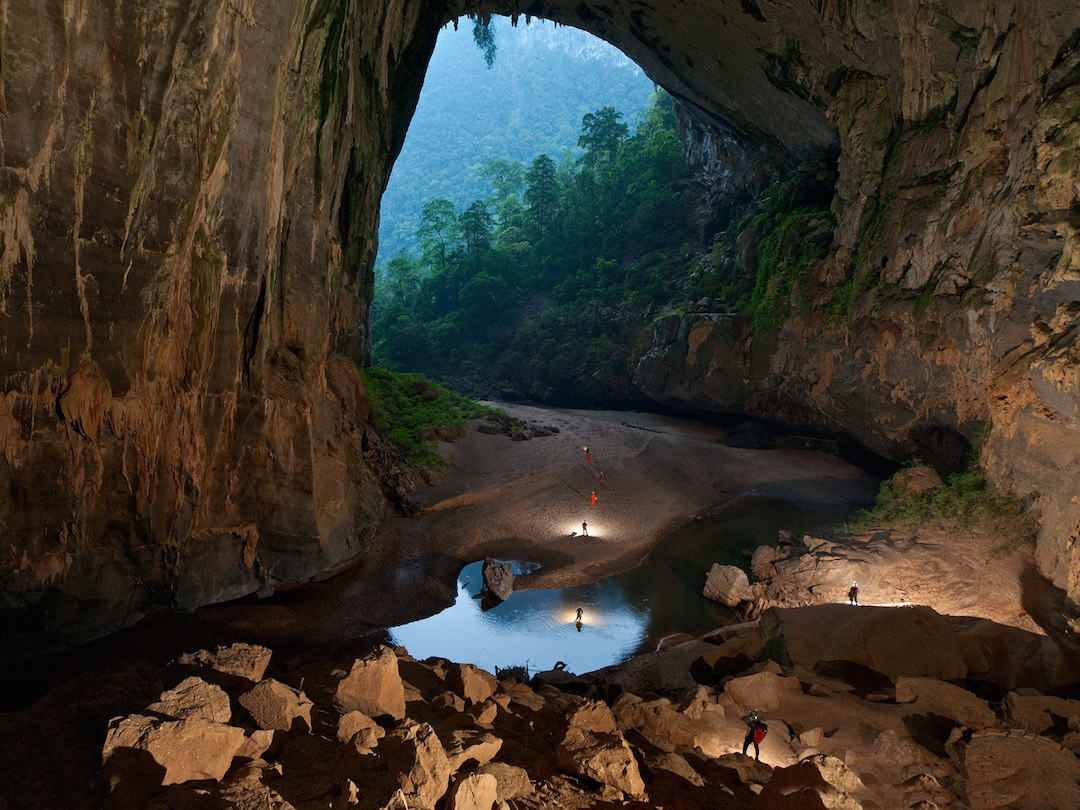
Where Mammoth Cave wins as the world’s longest cave system, Vietnam’s Hang Son Doong holds the title for the world’s largest cave. Located in the heart of the popular Phong Nha Ke Bang National Park, this enormous cave — so big that a 747 could fly through — has only been open to the public since 2013. Visitors can expect to see incredibly large stalagmites and stalactites that create the feeling of an alien environment. Misty clouds often hang in the depths of Son Doong Cave, creating a localized weather system unique to this cave alone.
Cost: Similar to hiking the Inca Trail, only a limited amount of permits are made available every year and are absolutely required to visit the cave. The permit season runs from February to August.
Website: http://www.sondoongcave.org/
3. Gruta Rei do Mato, Brazil
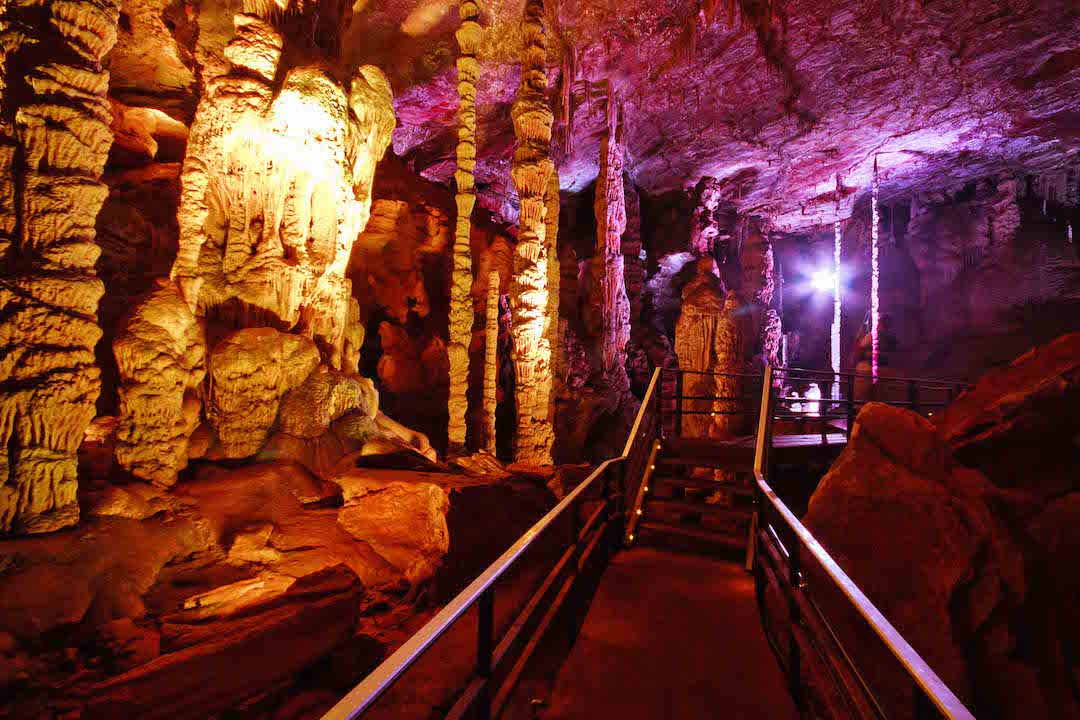
In Portuguese, Gruta Rei do Mato means “Cave of the Forest King,” named after a fugitive who was believed to have lived in the area. The local area has several cave systems but Gruta Rei do Mato is the most well known since it has four large chambers with countless stalactites, stalagmites and rimstone dams.
Pay a visit to the “Rarities Hall” and take in the practically identical parallel columns, more than 20 meters high and 30 centimeters wide, formed by the calcium carbonate crystals of calcite. You can also expect to make out famous cave paintings that depict hunting and fishing scenes as well as a fertility ritual — all over 4000 years old.
Cost: Free, but tipping your guide is appreciated!
4. Bisevo, Croatia
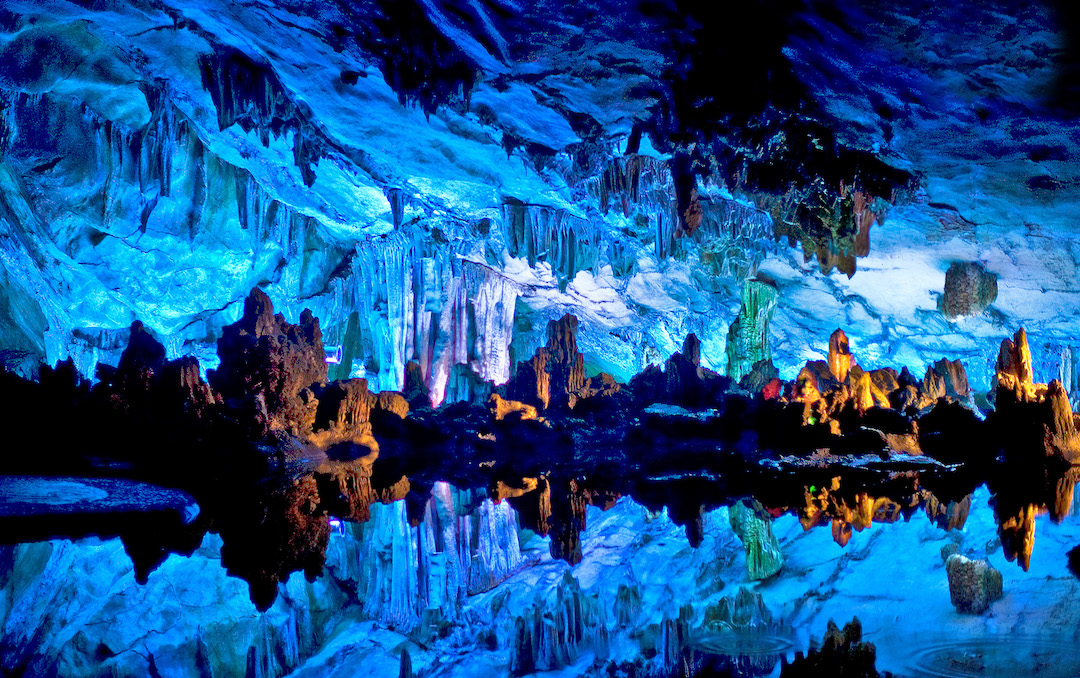
Bisevo is a particularly impressive cave, not for its size but instead for its shimmering luminous blue waters. There are actually ten caves scattered around Bisevo’s coast with the Blue Cave regarded as the most impressive. On a sunny day, it’s recommended that you grab a small boat (think kayak or similar) and paddle over to the main entrance between 11am and noon to enjoy the spectacular, calming blue light at its most luminous.
The caves are lit not only by the reflection of the startlingly blue waters but by the shimmering silver and pink rock formations found deep within. A popular site for fishermen, the cave only become accessible to the non-diving public after 1884 — once the entrance was created by a controlled explosion.
Cost: Free to enter but will likely require a boat rental. You can also purchase a tour package that will include a visit to several of the local islands for around $150 USD.
Website: http://www.splitlicious.com/
5. Eisriesenwelt Ice Caves, Austria
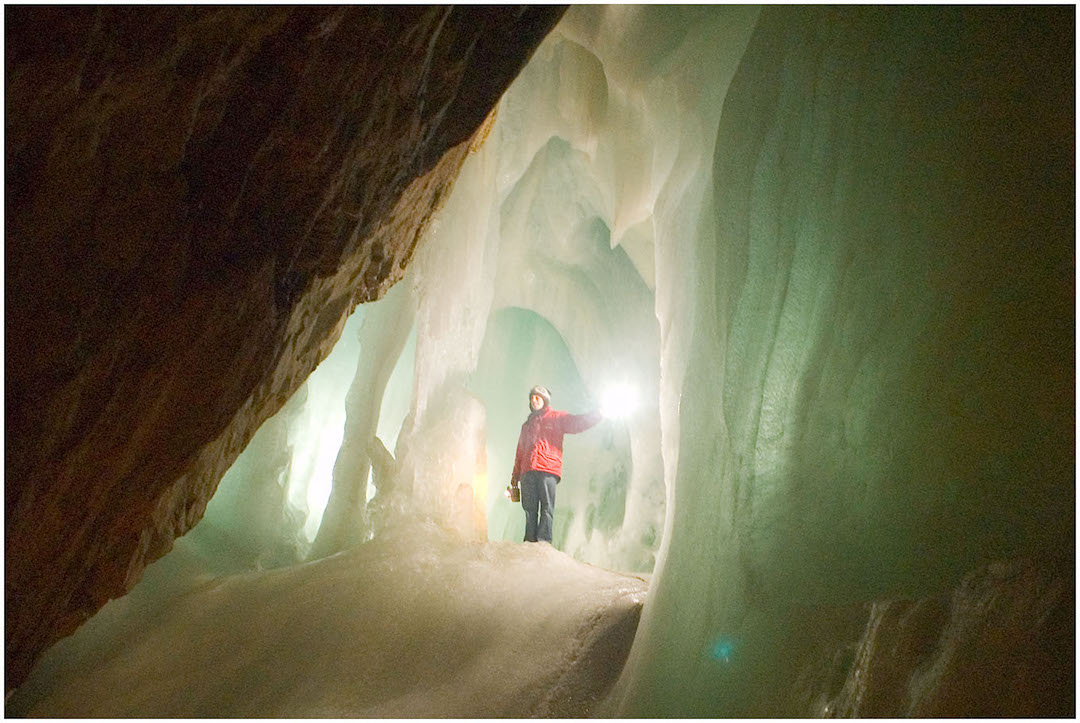
The Eisriesenwelt is a limestone and ice cave that’s inside the Hochkogel mountain in the Tennengebirge section of the Alps and is more than 42km long. Initially formed by the Salzach river, the ice formations in the cave were formed by thawing snow that drained into the cave and then froze during the winter season.
The entrance to the cave is actually open to the public year round and welcomes about 200,000 tourists annually. You’ll need your winter jacket for this one to protect you from the chilly (yet surprisingly refreshing) winds that greet you at the entrance during the summer months.
Cost: €24.00 for adults
Website: http://www.eisriesenwelt.at/en/
6. Waitomo Glowworm Cave, New Zealand
Probably one of the most famous caves (and most photographed) in the entire world, Waitomo Glowworm Cave in New Zealand is unlike any other cave system out there. Glowworms, or Arachnocampa Luminosa, are unique to New Zealand and thousands of these tiny creatures call Waitomo their home, radiating their distinct light to illuminate the cave in a mysterious and enticing soft glow.
Visitors get comfortable in small boats before silently gliding down the underground Waitomo River where they gaze up at the cavernous ceilings, covered in thousands of glowworms that create a surreal starry night sky experience.
Cost: NZD $50 for adults, $124 for a family
Website: http://www.waitomo.com/
7. Škocjan Caves, Slovenia
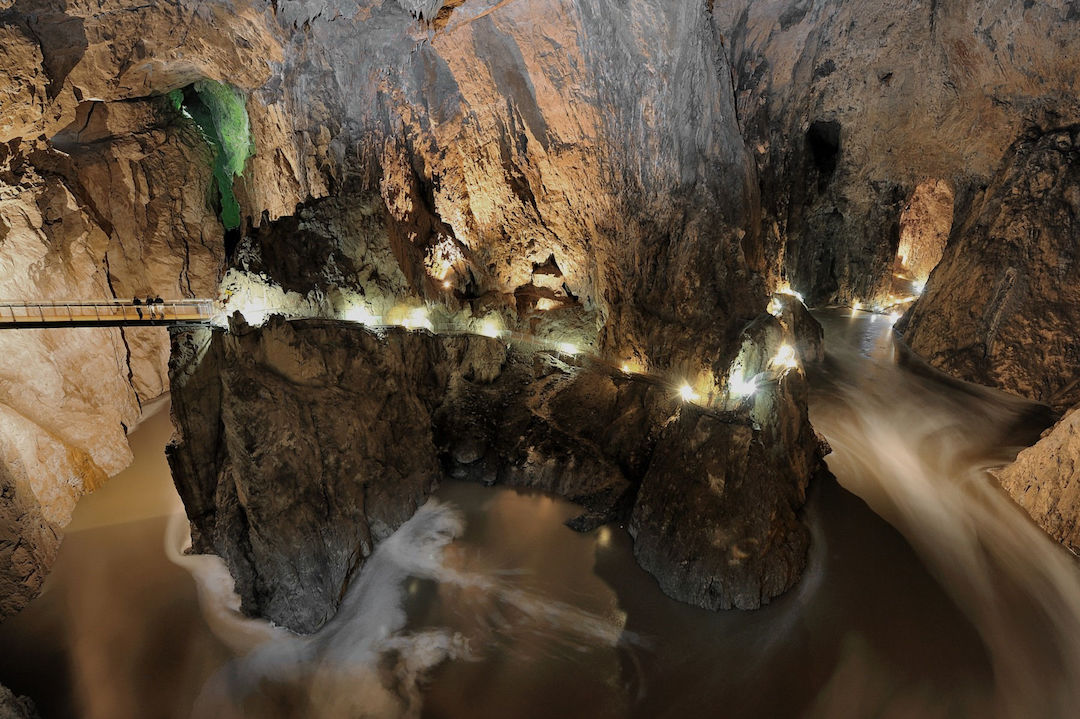
A UNESCO world heritage site, the Škocjan Caves are said to rank alongside the big greats like the Grand Canyon and Great Barrier Reef, as it’s the largest known underground cavern in the world. Over 6200 metres in length and surrounded by 300 metres-thick layers of limestone, the Škocjan Caves have been inhabited in some capacity since prehistoric times.
The gigantic volume of the underground canyon sets this Slovenian cave apart from the rest of the caves on our list. The rivers flowing through the caverns lead to huge underground chambers that will leave you dumbstruck. If that’s not enough you’ll certainly enjoy the many waterfalls and formations scattered throughout. Choose from one of three trails — I promise you won’t be disappointed!
Cost: €21.00 for adults
Website: http://www.park-skocjanske-jame.si/en
8. The Cave of the Crystals, Mexico
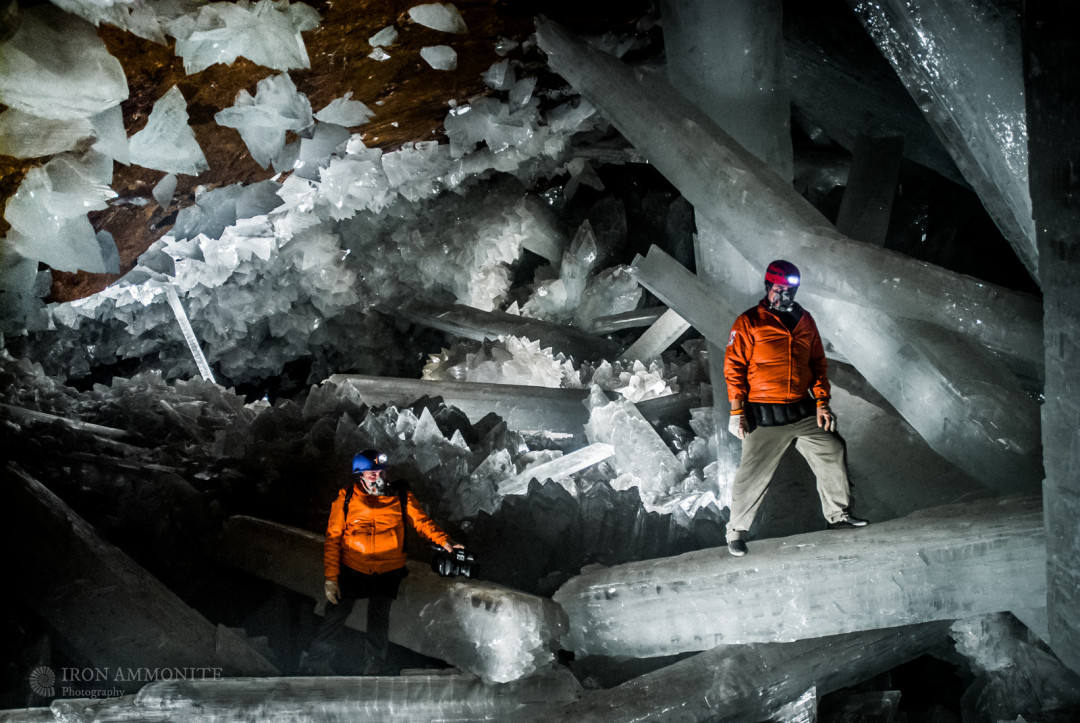
A visit to Mexico’s Cave of Crystals will make you think you’ve stepped into Superman’s Fortress of Solitude. The cave’s main chamber is home to some of the largest natural crystals ever discovered, jutting out in every direction. The biggest individual crystal is 12m in length and weighs 55 tons.
The cave is accessible because of local mining operations that keep them free of water and further excavation and mining projects have led to the discovery of three more caverns, the Ice Palace, Queen’s Eye and Candles Cave. Temperatures in these caverns are unbearably hot and humid; it can reach 60°C with 99% humidity, making it difficult to explore without proper protection.
Cost: As the Cave of Crystals is an active mining site, with dangerously hot temperatures and sensitive crystal formations, it is unfortunately not open to the public.
9. Batu Caves, Malaysia
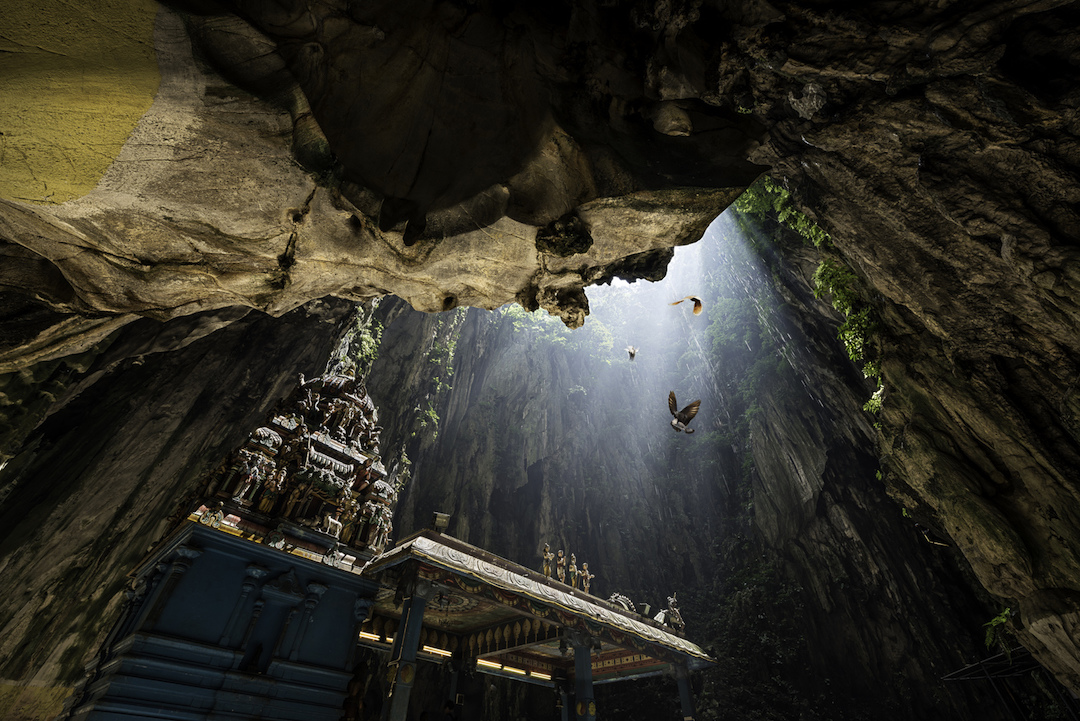
The Batu Caves are yet another impressive set of cave systems located in Southeast Asia. A series of caves and cave temples in Malaysia, the Batu Caves are set atop of a hill and named after the nearby Batu River. The cave is one of the most popular Hindu shrines outside India, making it incredibly popular year-round.
The first thing visitors will notice is the world’s tallest statue of the Hindu deity, Murugan, constructed from 1550 cubic metres of concrete, 250 tonnes of steel bars and 300 litres of gold paint — truly a sight to behold, and all before you ever step foot in the caves themselves. After taking in the sights, climb the steep 272 steps up to the top and explore Temple Cave, with its high ceiling and ornate shrines. Be sure to also visit Art Gallery Cave and Museum Cave, each with their own set of statues and ancient paintings. Take the day to explore the area but beware the mischievous monkeys!
Cost: Each cave has a different admission price but Temple Cave is free to enter.
Website: http://www.malaysia.travel/en/places/states-of-malaysia/selangor/batu-caves


